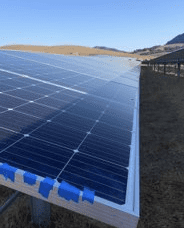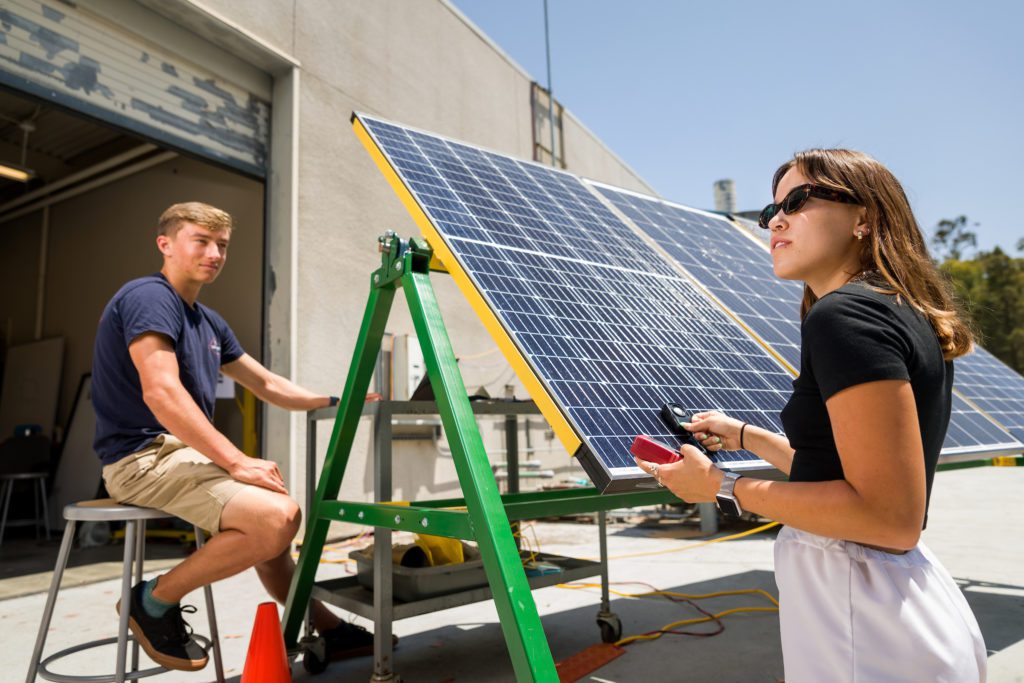Our Team
This project was collaborative between two professors and two students
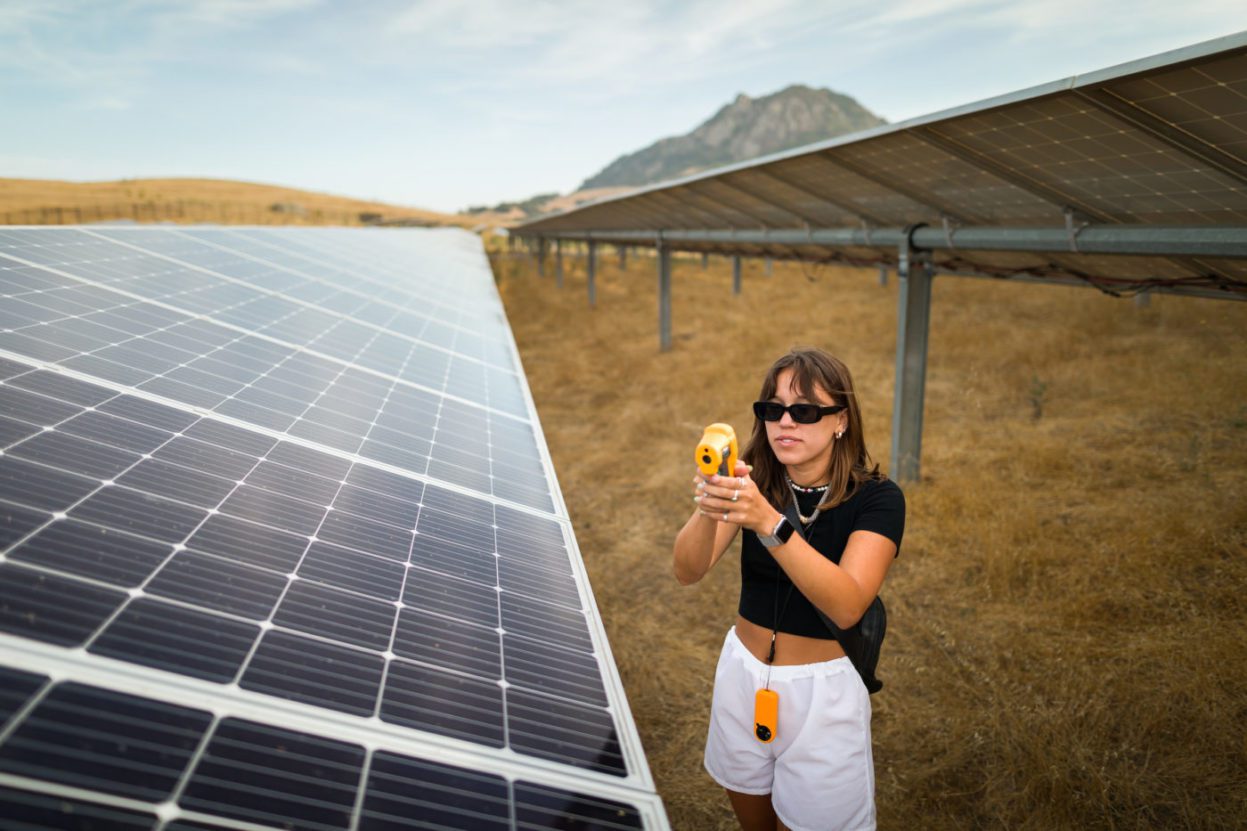
Sophie Getty
Research assistant
Sophie Getty is a third year Mechanical Engineering student with a concentration in Mechatronics at Cal Poly, San Luis Obispo. Sophie worked on the rapid prototyping as well as collecting data on shade shapes to help further the temperature model. In the future, Sophie hopes to do more work with product design and testing. Some of her areas of academic interest include robotics, renewable energy, and development of prosthesis. She is currently working as a Cal Poly Engineering tutor and also a TA for a Thermodynamics class. She will continue to help out with this project as needed. Sophie aspires to be a mechatronics specialist at a company and design mechanical and electrical systems.
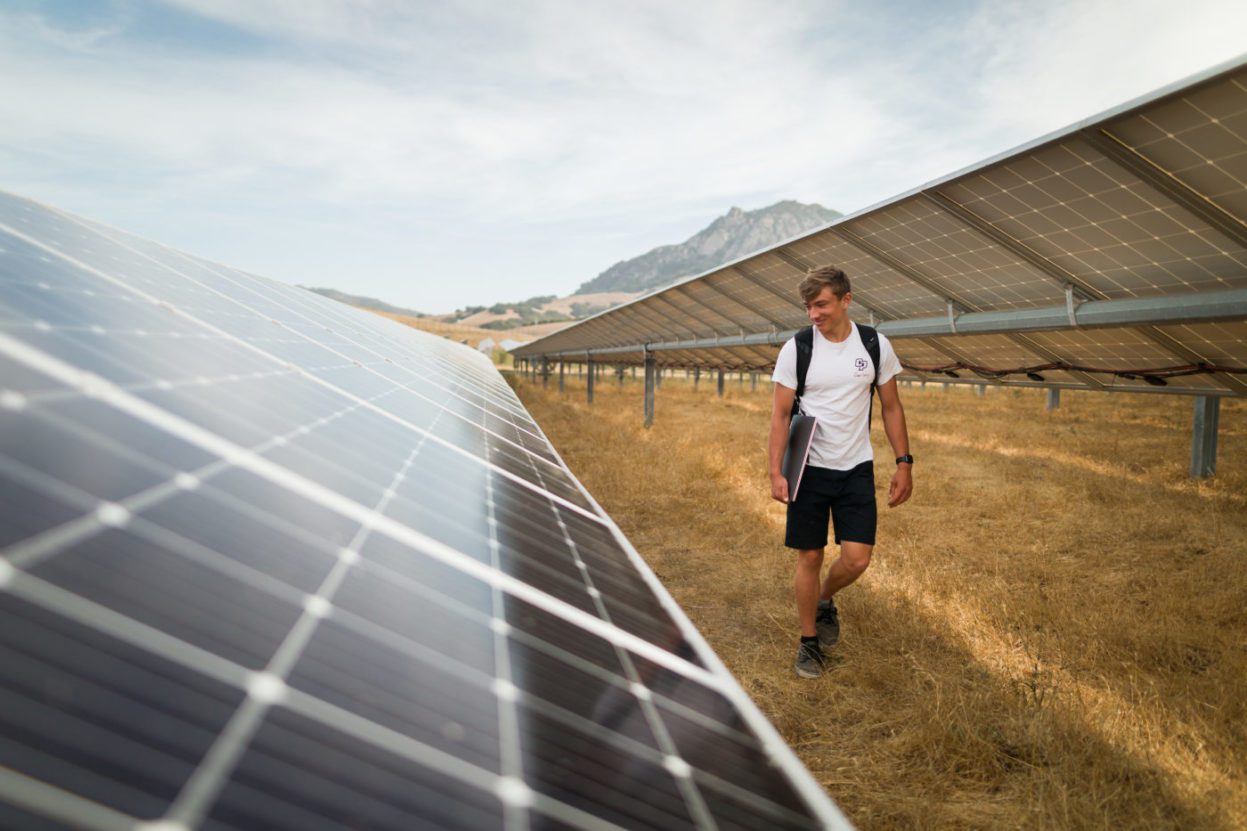
Ryan Dubois
Research assistant
Ryan Dubois is a third-year mechanical engineering student at California Polytechnic State University, San Luis Obispo. In the past, he has been a member of the bike builders club on campus and worked on the design of a five-person tandem bike. In his SURP project, he focused on modeling shades’ effect on power output and predicting the temperature of the solar panels based on atmospheric conditions. He currently is working as a TA for ME-302 and will continue to help out on this project as needed by the professors in charge of the project. Ryan is concentrating on energy resources with the goal of working in the field of renewable energy and hopes this project has given him a jumpstart in that direction.
Acknowledgements
We would like to acknowledge Dr. Jacques Belanger from Cal Poly, Andrew Davol from Cal Poly, Katelynn Dinius from Cal Poly, and the Cal Poly SURP coordinators. The dedication and coordination of all these amazing people allowed for a successful learning experience. We are also grateful to our sponsors, the Sprague Family Foundation to who made this SURP project possible.
Abstract
Our project this summer was in part to find a correlation between weather conditions and cell temperature for the purposes of better predicting power output. It was also to characterize the effects of excessive panel shading due to the uneven topography of the Gold Tree solar field. One of our goals was to investigate these types of shading and create a direct correlation between shading and power output. A fairly accurate model used to optimize the solar field power generation has been developed by this research team over the last two years but there are several discrepancies that needed to be investigated. For example, to accurately predict power, you need to know the panel temperature and how it is affected by partial shading. Another possible discrepancy is an inaccurate data reporting by the onsite recording system compared to actual data in the field. We found large discrepancies between the actual temperature and angles of the panels versus the ones reported by the system.
Shading Experiments
We began by simply shading parts of single panels at the Solar Lab on campus and measuring power output. With these measurements we developed a correlation between the percent shading and the power output of the panel with a variety of shading patterns.
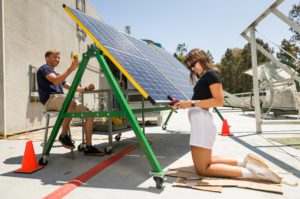
Collecting data based on temperature and irradiance in the lab.
Temperature Prediction
To find a way to predict cell temperature we explored existing temperature models based on heat transfer principles and calculated a convection coefficient for the Gold Tree site based on experimental data. To do this we took data from the Gold Tree website and sorted it by irradiance and wind speed to reduce error in our correlation. From that point we inspected the relationship between the wind speed and convection coefficient that would best fit the measured temperature. Doing this with 7 months’ worth of data left us with a temperature model that gets us with 2 degrees Celsius of the actual temperature.


Rapid Prototyping
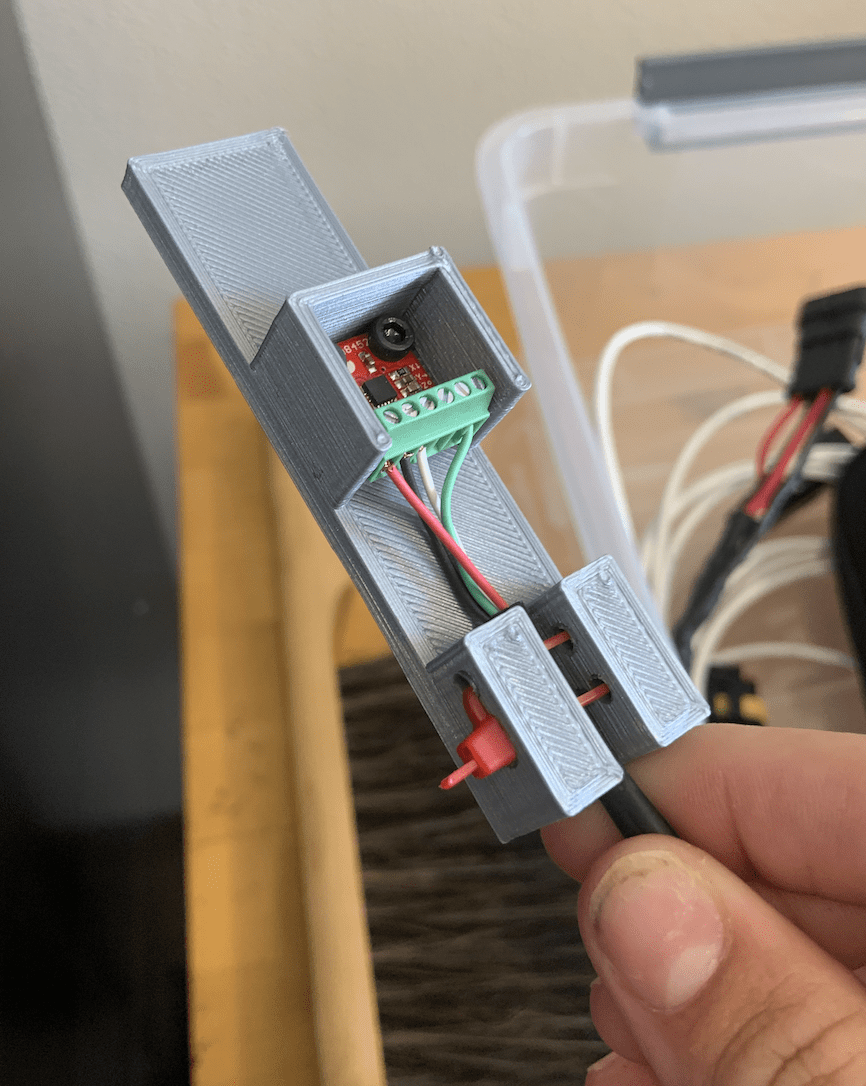
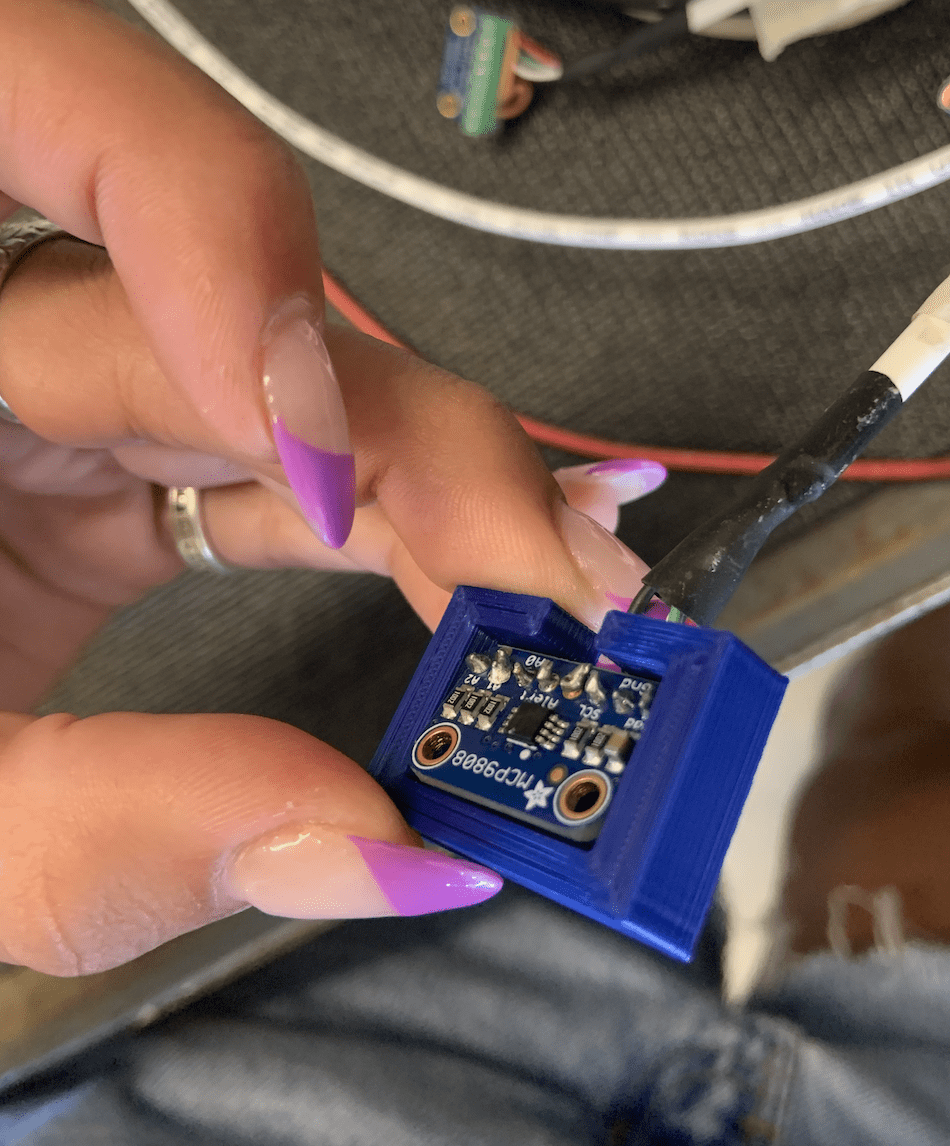
We worked with both temperature sensors and accelerometers to collect data through Arduino. To better support the sensors, we designed and 3D printed mounts that would house the sensors and allow for easier installation for future tests. The mounts were both designed in Solidworks and printed through Cura.
Field Testing
After extensive testing with panels shading and power production in the lab, we used this information to create a standardized procedure for field testing. The focus was on the rapidly changing shade that happens in the morning and evening in combination with temperature, irradiance, and wind speed. We used tapes to mark the shade as the panels turned and would measure the area of the shading.
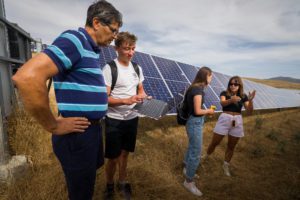
Next Steps/References
The research team will continue to perform field testing and collect more shading data to continue improving the power model for optimization. The overall goal of this research is to update the current MATLAB tracking code to produce maximum power.
